Every week -- often with your help -- Food52's Senior Editor Kristen Miglore is unearthing recipes that are nothing short of genius.
Today: The secret pie crust ingredient (and technique) that changed what we thought we knew about pie.
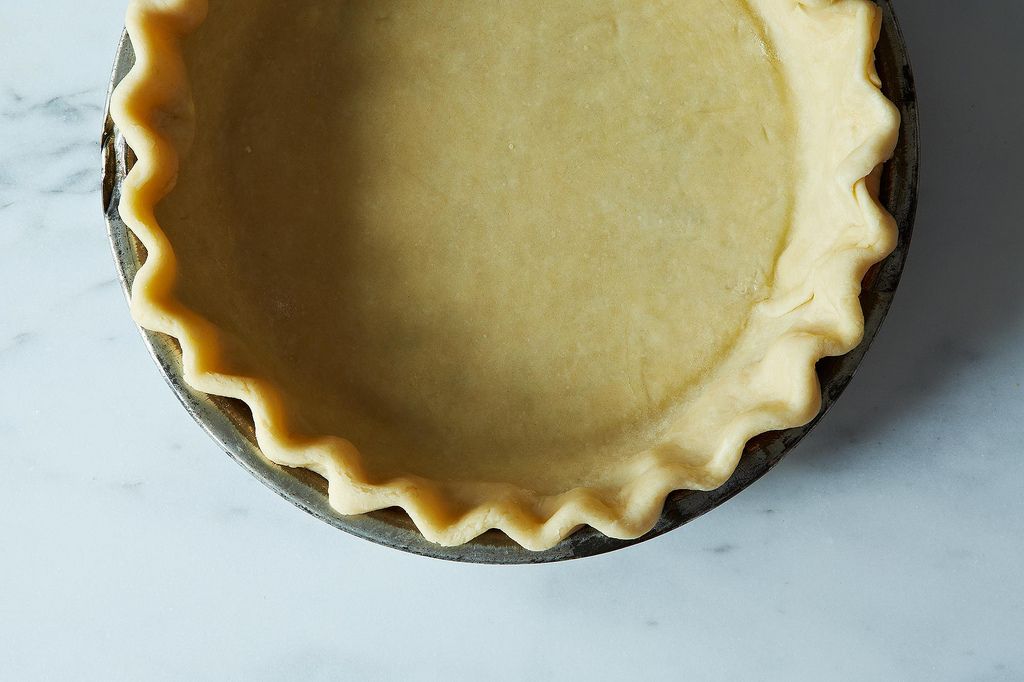
We all get in pie ruts. Well, crust ruts.
While what goes on inside is an ever-changing rainbow of fruit and whip and spice, the flaky buttered shell stays stubbornly, almost superstitiously unchanged. Dough can be such a fickle animal, and pies such emotional commitments, that once we find a crust that doesn't fail us, we cling.
So it took an obsessive recipe developer like J. Kenji López-Alt, and a place like America's Test Kitchen, to upend everything we think we want in a pie. This is not just about a little more butter, or some novel rolling method.
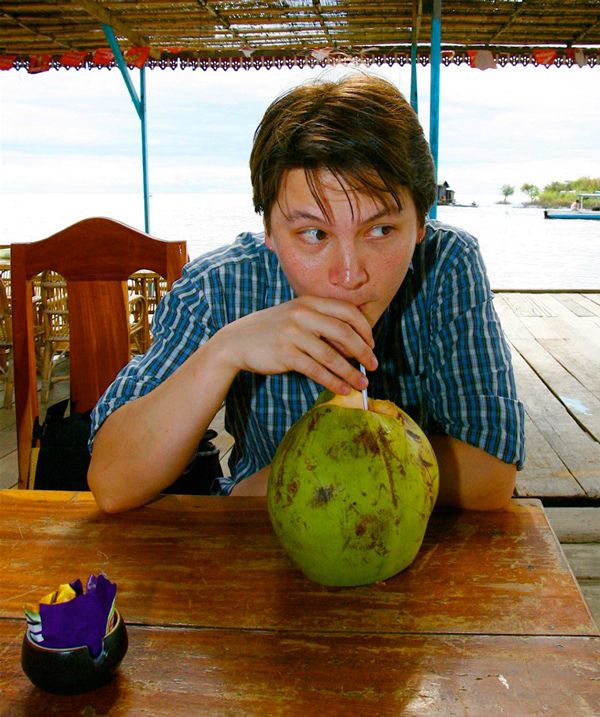
Instead, under contract for Cook's Illustrated, López-Alt dissected the method we know -- dismembered it really -- to fundamentally understand what makes it work. You probably already know what's coming: back in 2007, he went and put vodka in pie crust. And it worked.
He didn't come upon it lightly: López-Alt says there were over 130 individual tests to arrive at the vodka magic trick. But once he got there, it all made perfect sense.
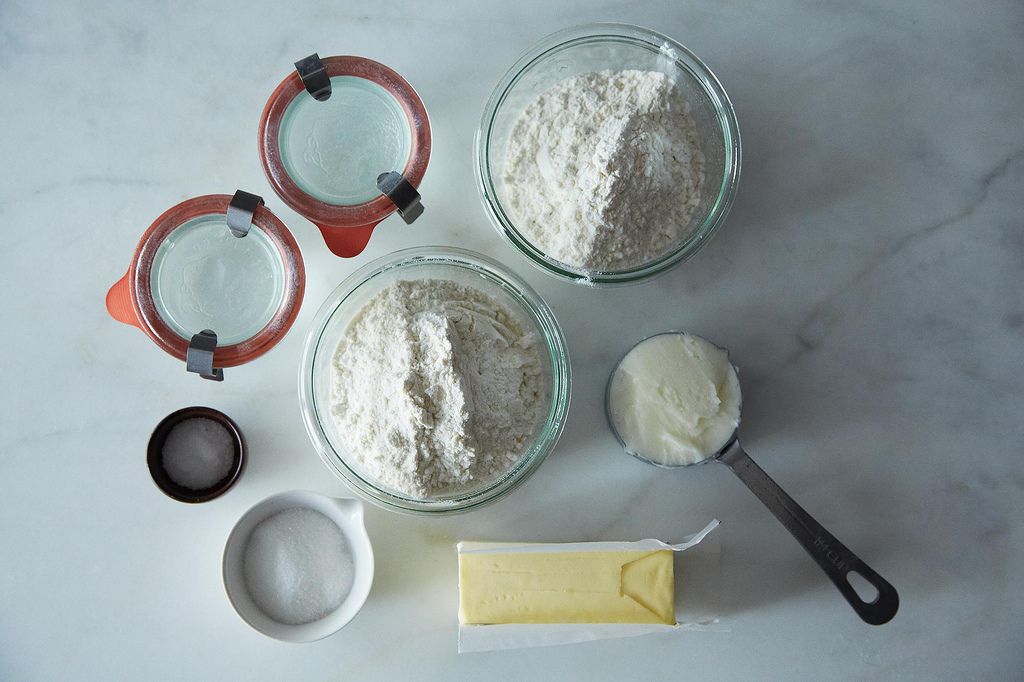
The trouble had always been this: there is only so tender a crust can be with the known available ingredients -- fat, flour, water. Water is what allows a dough to bind together enough to be malleable and rollable; it also helps gluten -- the gremlin that makes crusts toughen -- form. And proliferate.
So he needed a stand-in for water, one that would offer moisture but not encourage gluten, and would leave no unsavory traces behind. The answer, of course, was vodka, the most forgettable of spirits. Vodka is 40% alcohol, which evaporates in a hot oven -- it sticks around long enough to keep the dough together, then politely disappears when it's no longer needed.
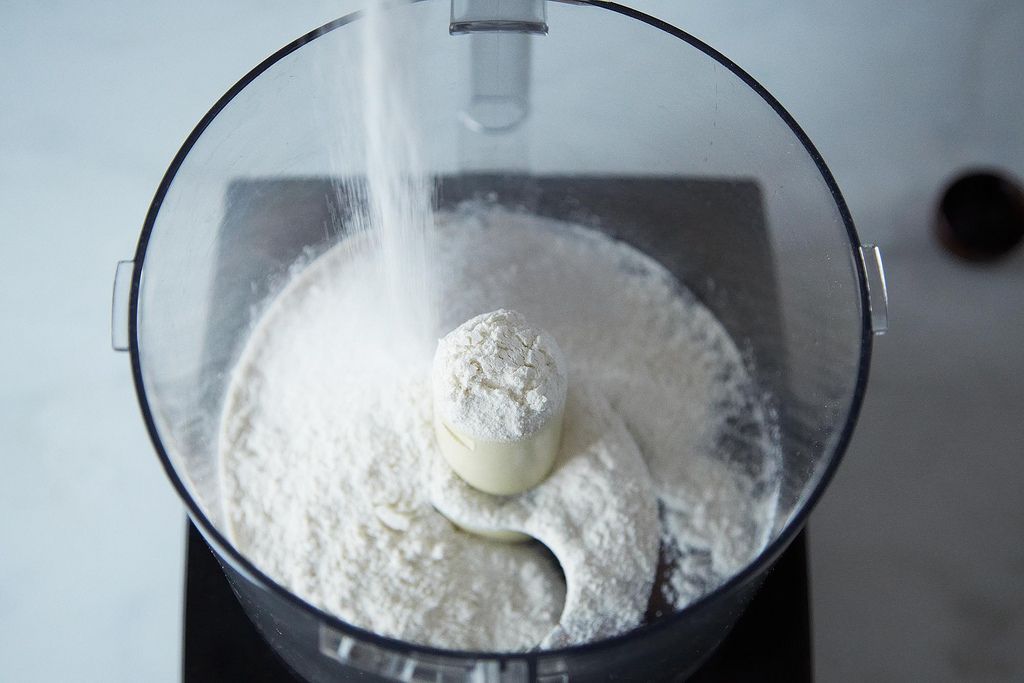
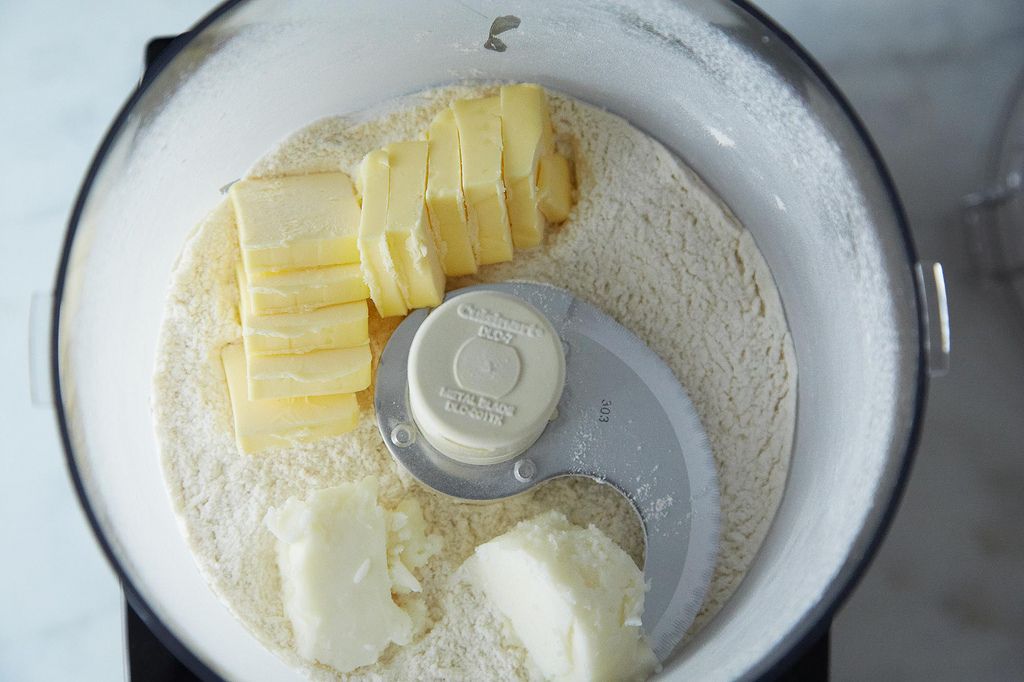


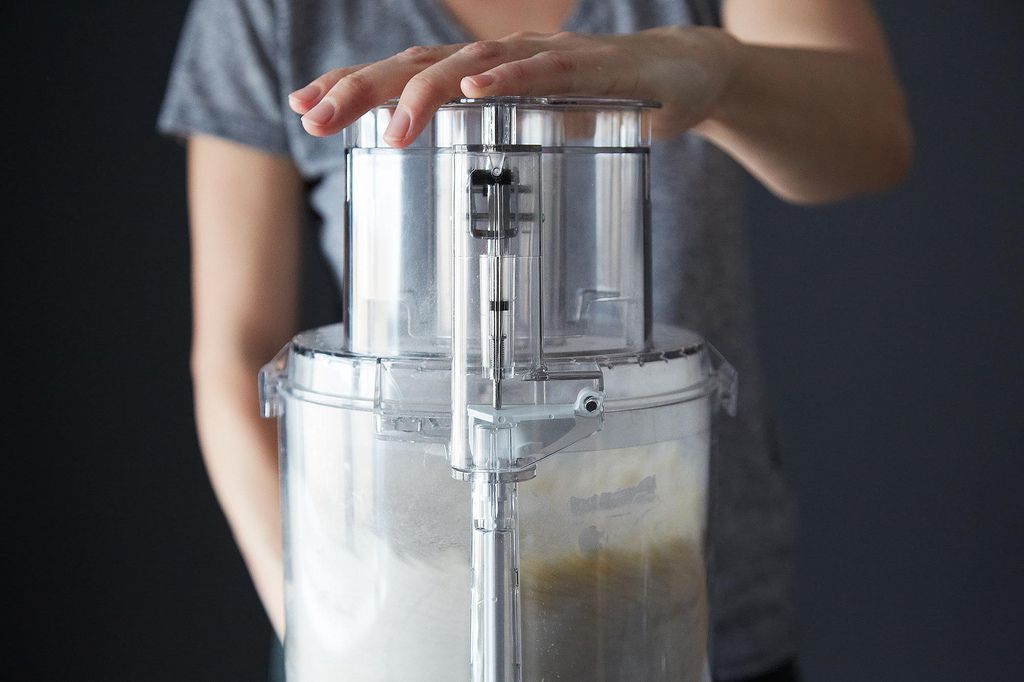
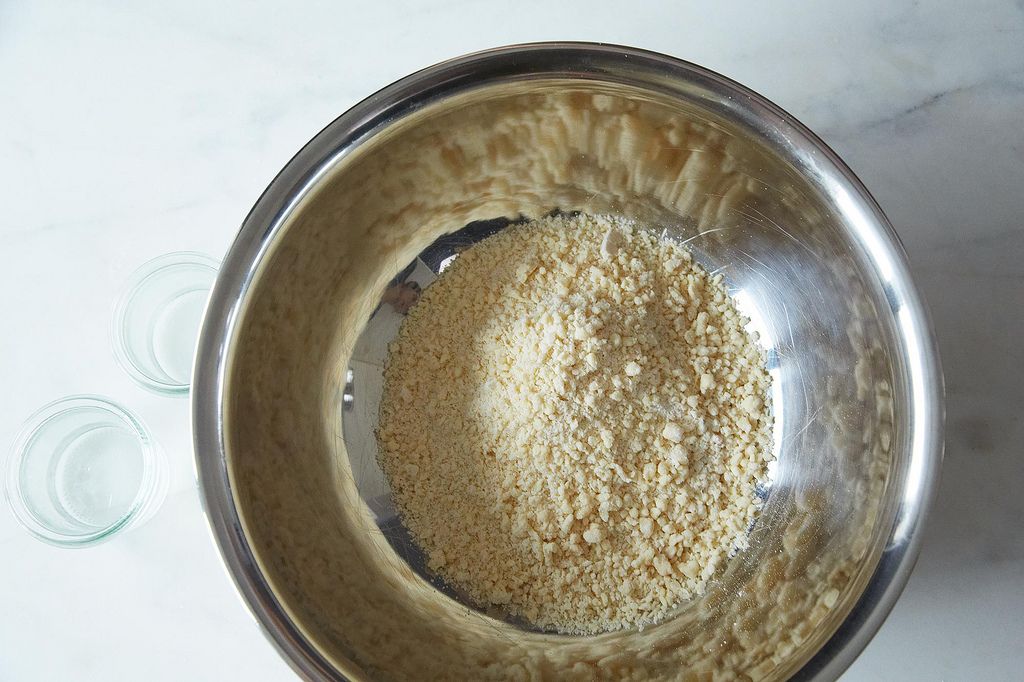
You can use this trick in any flaky pie crust recipe -- just swap half the liquid for hard liquor. You can even use booze with real flavor, if you like -- like rye in apple pie crust, or rum in coconut cream.

And once you understand vodka's properties in cooking, it can do even more. "Try replacing some of the water in a tempura-style batter or some of the beer in a beer batter with straight up vodka," López-Alt told me." Just like with the pie crust, you'll find that your batter comes out lighter and crisper because of alcohol's high volatility and gluten-inhibiting abilities."

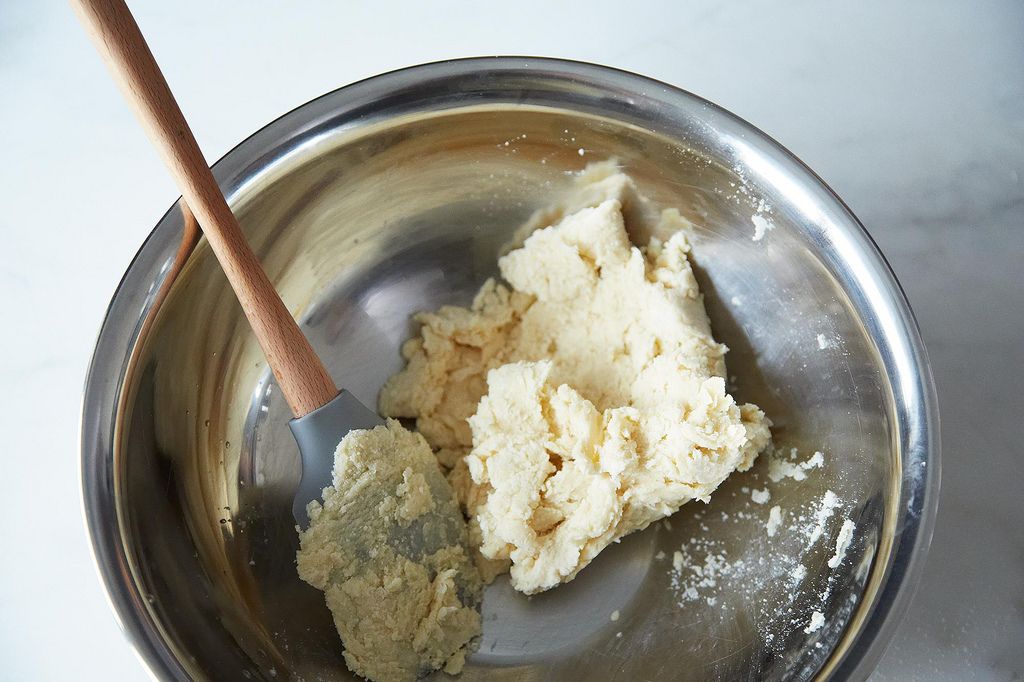
But, as he's learned since, the vodka isn't even the most genius part of the technique he developed: it's the blending. Instead of leaving pea-sized chunks of butter like we're taught, López-Alt blends it completely with part of the flour, then cuts up that paste with a bit more flour.

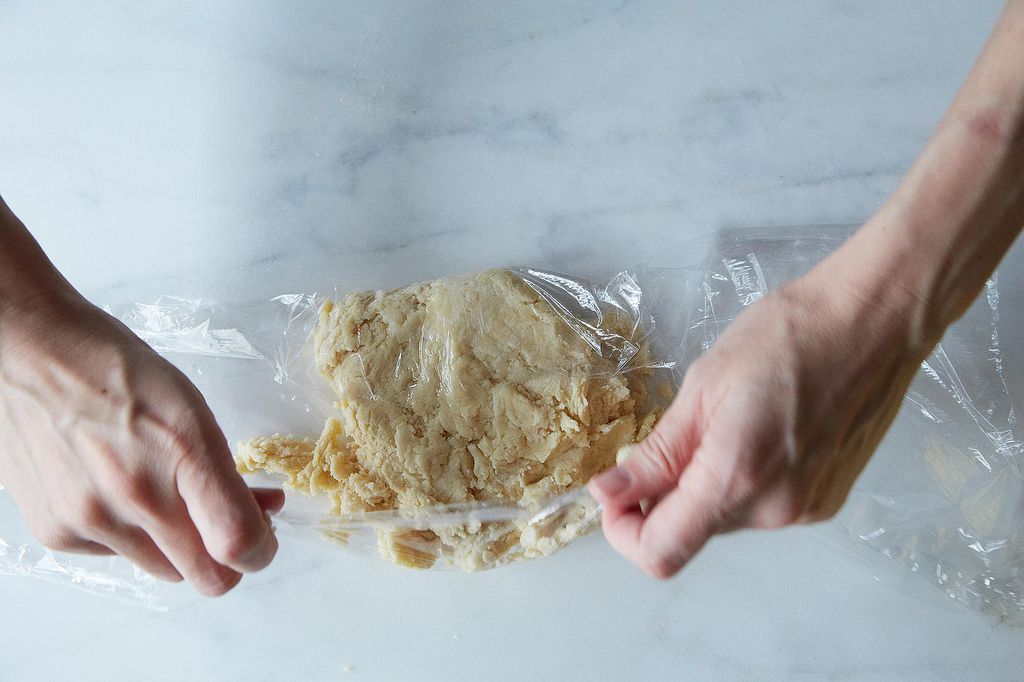


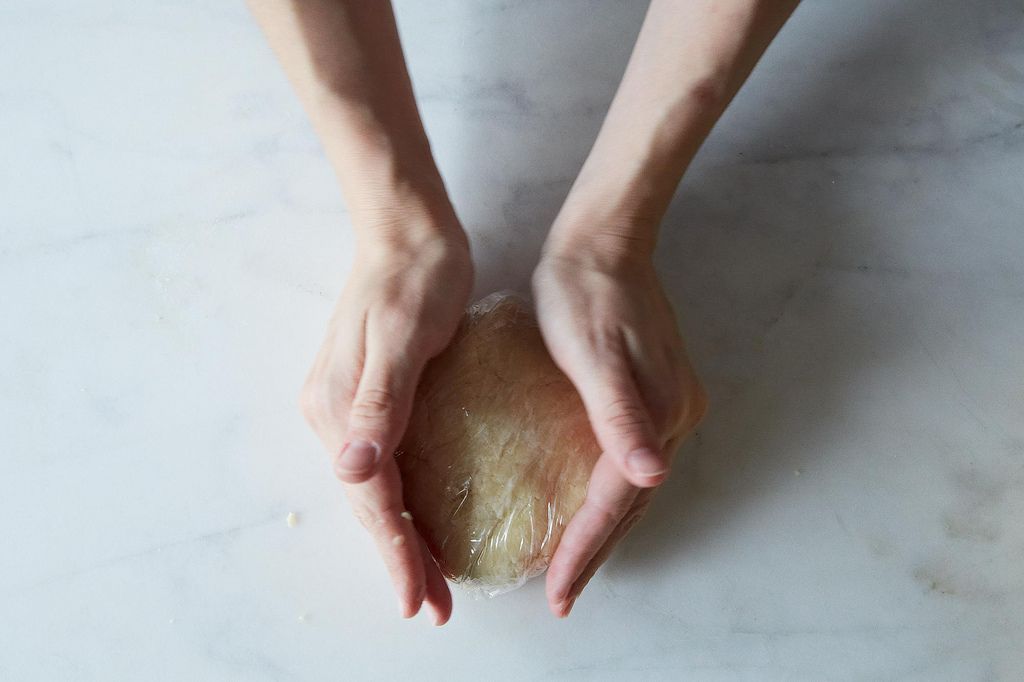
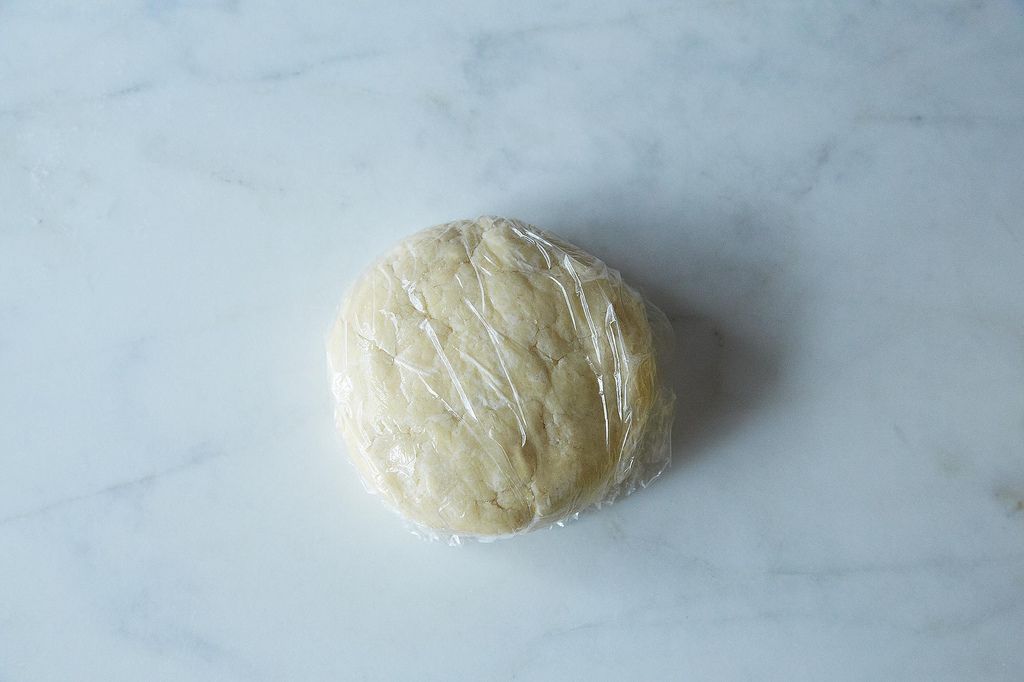
"That was the one that I think should really have put it on the map," he said. "Because it challenged some basic assumptions about how pie crusts look on a microscopic level." We don't need pockets of butter like we always thought; pockets of flour-butter paste are just as good.
Most importantly, this means that the dough is more predictably tender and flaky (since it's based on a more homogenous flour-butter paste rather than jagged bits of cold butter) and easier to roll out too. Foolproof, for once, isn't an overstatement.

Cook's Illustrated's Foolproof Pie Crust
Makes one 9-inch pie crust
1 1/4 cup unbleached all-purpose flour
1/2 teaspoon table salt
1 tablespoon sugar
6 tablespoons cold unsalted butter (3/4 stick), cut into 1/4-inch slices
1/4 cup chilled solid vegetable shortening, cut into 2 pieces
2 tablespoons vodka, cold
2 tablespoons cold water
See the full recipe (and save and print it) here.
Photos by James Ransom, except Kenji courtesy of Food Blog South
Got a genius recipe to share -- from a classic cookbook, an online source, or anywhere, really? Please send it my way (and tell me what's so smart about it) at kristen@food52.com. Thanks to hardlikearmour and a few other trail-blazers for this one!




















See what other Food52 readers are saying.